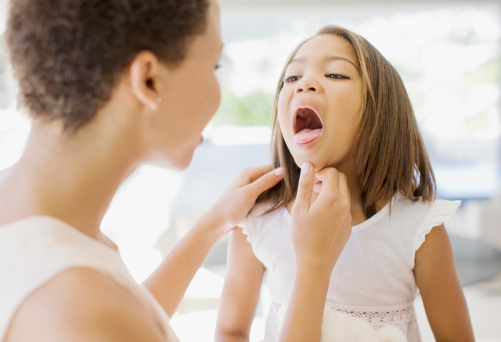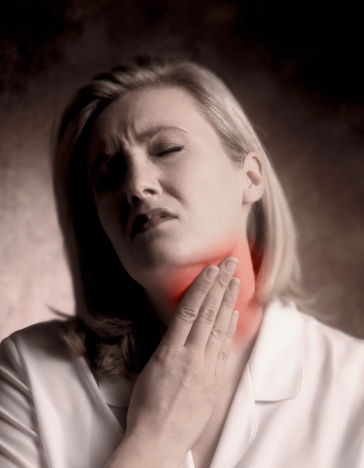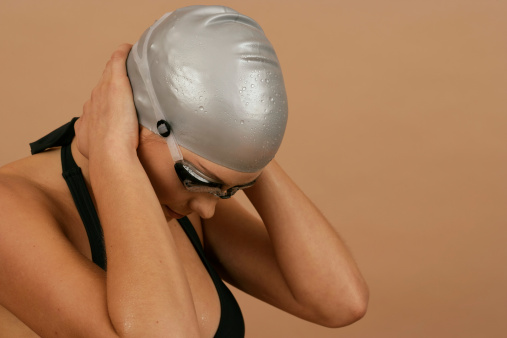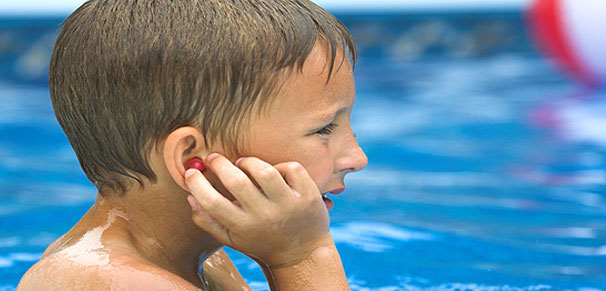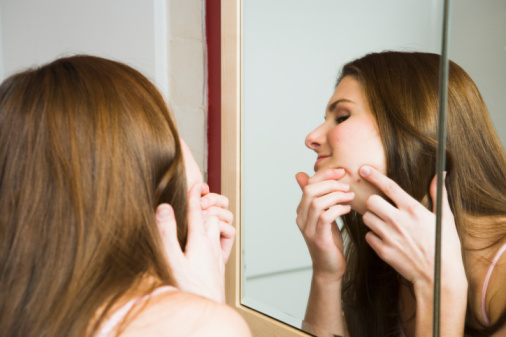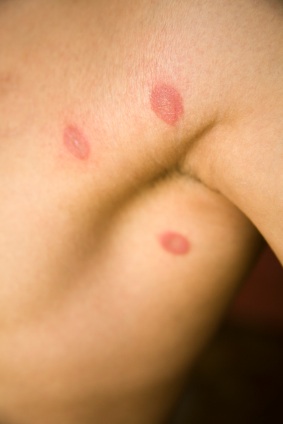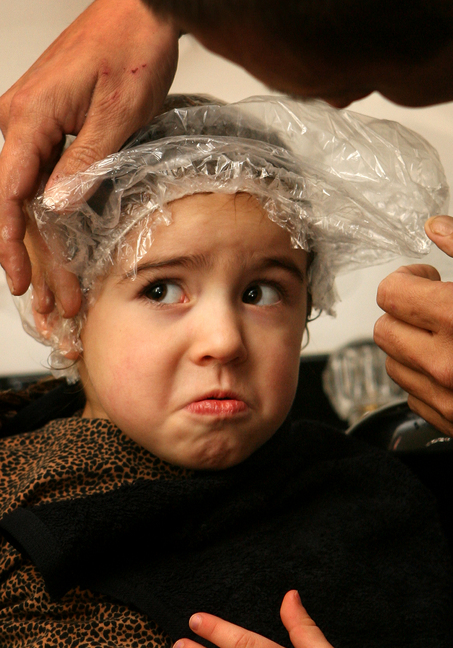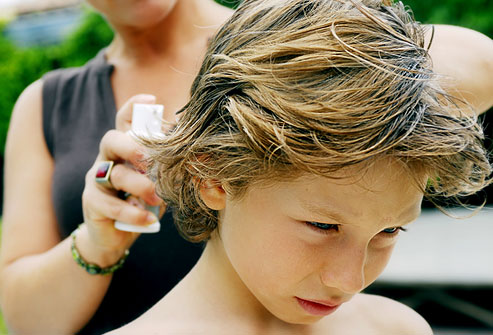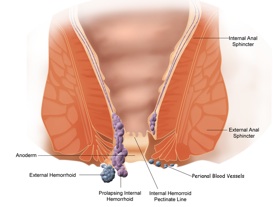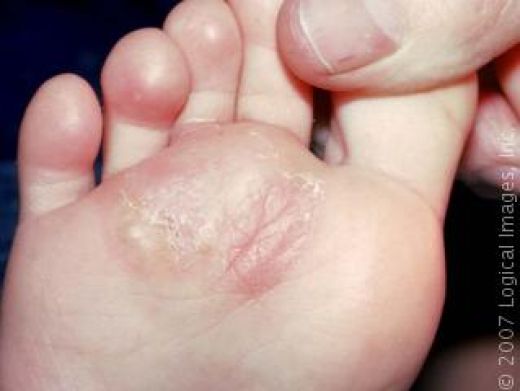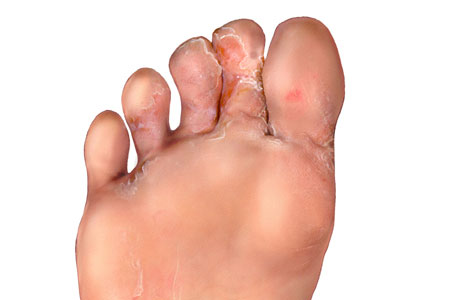Dill Herb Medicinal Benefits
It would probably be impossible to find someone unfamiliar with dill. After all, who hasn’t heard of dill pickles? Or dilly beans?
Mostly recognized as a cooking herb, dill is also an effective medicinal herb for treatment of indigestion, menstrual cramps, cold and flu symptoms, and colic. Nursing mothers also find drinking tea made from the dill seed beneficial to milk production. Dill is an appetite stimulant and could be beneficial for individuals who, due to illness or injury, need a boost to their appetite. Dill is also considered a mild diuretic.
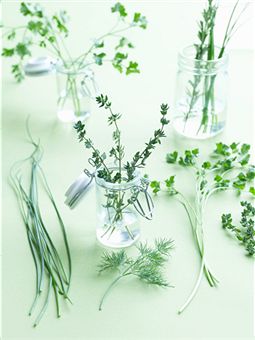
As well as the internal benefits of this herb, there are external benefits as well, such as its ability to strengthen fingernails that have been dipped in a tea made from dill seed or as a salve to wounds.
History of Dill
Anethum graveolens is an herb native to the Mediterranean region, southern Russia, and western Africa. Other plants that share this family tree are parsley, carrot, and cumin.
The more familiar name – dill – is thought to be derived from the Anglo-Saxon or Norse “dylle,” which means “to sooth or lull.” The first known mention of dill was in Egyptian medical writings dating back to 3000 BC. It was also mentioned in the Bible (Mathew 23:23) and is believed to be one of the nine sacred herbs found in Mary’s grave (the others being sage, lovage, yarrow, calendula, arnica, mugwort, valerian, and tansy).
Dill was considered a sign of wealth in ancient Greek cultures and it was common practice for those with higher economic standing to burn dill-scented oil as an indication of that wealth. Dill was thought to be good luck by the Romans, and in ancient Europe, it was believed that witches would be discouraged from entering a home by hanging a bunch of dill above the doorways.
Dill was also commonly used by magicians in their spells and charms. Combined with wine, dill was used in spells to aid in romantic endeavors. It was also believed, for individuals involved in litigation, that putting dill seeds in the shoes before entering the courtroom would ensure a favorable outcome.
The early Sycthians used dill in their embalming procedure, most likely because of the plant’s strong aromatic properties.
History of Dill in Medicine
As noted above, writings about dill have been discovered in medical writings (Egyptian) as far as back as 3000 BC. Because of its common use for ailments such as indigestion, the Emperor Charlemagne served dill tea to his guests at mealtime. Dill was also included in the Emperor’s famous “list of herbs,” a kind of list of “must haves” for his vegetable gardens (onions, shallots, garlic, leek, celery are just a few of the other plants listed).
Hippocrates, known as the Father of Medicine, made a mouthwash from dill, which is believed to be the first documented recipe of that type.
Burnt dill seeds were used by ancient soldiers to promote healing in wounds. And a recipe of dill, butter, and dried honey was, at one time, believed effective in the treatment of mental illness. Long before Viagra, dill was also thought to be a cure for impotence.
Dill in Modern Medicine
Although many individuals are interested in pursuing treatments for, and preventions from, common ailments such as indigestion and the hiccups while utilizing a more plant-based source than what would commonly be prescribed by an MD, there are also indications dill may be beneficial in the treatment of more serious conditions, such as cancer.
There have been studies conducted in Iran that suggest that mice given a dill seed extract experienced less stomach excretions and would, therefore, be effective in the treatment of stomach ulcers. It should be noted, however, that this study was conducted on mice and, at this time, there is no known similar study having been done on humans.
In Ethiopia, dill leaves and fennel are chewed together for the treatment of headaches.
One of the more promising studies of dill indicates it has potential as an effective tool in cancer prevention. This herb contains large amounts of monoterpenes, a substance that is known to promote enzyme activity that helps to counter the effects of cancer causing agents.
In addition, polyacetylenes, also found in dill, are components known for having anti-bacterial, anti-inflammatory, and anti-fungicidal characteristics.
Drinking dill tea could help those suffering from insomnia.
Nutritional Information
Dill is a good source of iron, manganese, calcium, and dietary fiber. One tablespoon of dill seed has the calcium equivalent of one third cup of milk. Although dill has no real known danger warnings associated with its use (medicinal or culinary), there is some indication that dill oil should be avoided during pregnancy. It is believed that dill can induce miscarriage and it is better to be safe and to limit its use during this time. Ground dill seeds can be used as a salt substitute for those who are concerned about their sodium intake.
Forms of Medicinal Dill and Recommended Dosages
Dill water (also known as “Gripe Water”) is a concoction made from dill seeds and crushed fennel seeds boiled together, strained, and cooled. One half teaspoon of this mixture at room temperature, offered to a baby with an upset tummy, should help alleviate his or her discomfort.
The original recipe for Gripe Water called for alcohol but it is now recognized that giving alcohol to an infant is not advisable. Any leftover mixture should be discarded after twenty four hours as it will sour past that time; dill water should not be mixed with milk as it will cause the milk to curdle. Following the advice of a medical adviser prior to administering is always recommended.
A commercially manufactured, and alcohol-free, version of Gripe Water can be found online and in specialty stores under several different brand names. Not all brands of Gripe Water are made with dill; some are made up of formulas whose main herbal ingredient is ginger, peppermint, fennel, or one of several other herbs. Almost all of the commercial versions also contain sodium bicarbonate.
Dill Tea
Dill tea can be beneficial to individuals suffering from upset stomach and/or diarrhea, menstrual pain, bad breath, and cough and flu symptoms. The tea is made by steeping two teaspoons crushed dill seed in one cup boiling water for ten minutes. Strain.
A milder tasting dill tea can be achieved by combining one teaspoon of the dried dill leaves with one cup boiling water; strain. As noted previously, drinking dill tea can aid in the production of milk for lactating mothers.
Dill Seeds and Leaves
For bad breath, the dill seeds can simply be chewed without having to be in the form of an infusion or tea.
The leaves of the dill contain small amounts of estrogen and might be beneficial to post-menopausal women. Because of its anti-fungal and anti-bacterial properties, a juice made with fresh dill, and consumed several times a day over a two week period, could be of benefit to the urinary system. There is also some indications it could help prevent calculus in the kidneys by stimulating kidney activity.
Dill Oil & Supplements
Dill oil, produced commercially, is accomplished by steam extraction. Because of its abundance of oil-producing carvone, dill oil is usually obtained from the seed, although it is at times made with the entire plant. Dill oil is quite strong in its flavor and is sometimes used in the preparation of Gripe Water.
Dill supplements (powdered dill in capsules) can be found online and in stores specializing in homeopathy treatments, such as health food stores. The loose powder is also available, as well as items such as tea prepared both from the seed and the plant. The recommended daily dosage of dill supplement in capsule form is two capsules twice a day, taken at mealtimes.
Topical creams and salves are also available and can aid in the healing of wounds. Although dill isn’t known for being particularly high in allergens, some hyper-sensitive individuals may develop a slight rash with the usage of dill creams or ointments; if a rash occurs, its use should be discontinued.
Dill in Aromatherapy
Aromatherapy is the belief that aroma, by contact through the olfactory system, can have a direct affect on the mood and health of an individual. In the case of dill, it is mostly the essential oil, derived from the seed, that is used in aromatherapy and it is believed to be beneficial in times of stress.
A few drops of dill essential oil in a vaporizer can help ease tension. Adding the oil to a hot bath can not only benefit the individual through its aroma but also through the contact with the user’s skin.
An herbal alternative to commercial chemical air fresheners can be created by blending dill essential oil with water in a plastic spray bottle. A few squirts into the air (but away from furniture) will freshen the room. Dill essential oil can also be blended with other herbal essential oils to create a blend of scents.
Other Uses of Dill
- Dill is often associated with cooking. Dill pickles, as well as meat, fish, egg dishes, and some breads are all popular culinary uses of this versatile herb. Both the seeds and the plant itself are used in cooking, making this two-season herb a very versatile addition to the kitchen.
- As a general rule, if a recipe calls for “dill weed,” it is referring to the product derived from the plant itself. If purchased from the grocery store, this product will consist of little, chopped pieces of a grass-like item, dark green in color. If the recipe calls for “dill seed,” then the seed should be used and it is easily identified as such on the store shelf.
- Dill, either the seeds or the leaves, can be soaked in vinegar to create a flavorful addition to dishes such as potato salad, soup, or green salads.
- Oil of dill is used in perfumes and sometimes in the preparation of soaps.
Growing, Cultivating, and Harvesting of Dill

Dill is an easy to grow herb. Although in some parts of the world it is considered a perennial, in most cases it is treated as an annual. Since it easily reseeds itself, many gardeners simply leave one or two plants in the ground at the end of each season and let nature takes its course.
Dill, while preferring a sunny location, will grow in most soil conditions and can be sowed directly in the ground or started by seed in a pot for later transplanting to the garden. Because of its long taproot, though, transplanting the young dill plant into its spot in the garden should not be delayed too long.
Dill in the garden will also attract beneficial insects, such as bees, and is a good companion for cabbage, cucumbers, lettuce and onions; however, it should not be planted near tomatoes and carrots. Keeping the area around the dill plant weed free is probably the most important aspect of growing it. Because of its long taproot, its watering requirements are minimal in all but the driest of weather.
Harvesting Basics
Dill is particularly suitable to container gardening, although care should be taken to provide a deep enough container to allow room for the taproot. Dill is also very easy to harvest. The entire plant, as well as the seeds, can be harvested and used either fresh or dried for later use.
To harvest the seeds, it is a matter of simply waiting until the plant flowers and goes to seed. Once the majority of the seeds have formed, the head is then cut off and placed in a paper bag, preferably upside down. The seeds will fall from the heads and into the bag; the heads can also be shaken to ensure the optimum seed harvest. The seeds should then be stored in an airtight container for use in cooking, teas, or for use in the next year’s planting.
The leaves can be cut and their stems placed in a glass of water in the refrigerator; they will keep in this manner for several days. By layering the stems, covering each layer with pickling salt, and placing (in layers) in an airtight container in the refrigerator, dill will stay “fresh” in the refrigerator for up to six months.
Longer Storage
For longer storage, dill stems can be hung in a dark, dry spot to dry. An inexpensive food dehydrator can also be used, as well as placing a few sprigs between several layers of paper towel and heating in the microwave until dry. The dried dill can then be stored in an airtight container and it should, if properly dried, keep indefinitely.
Dill can also be frozen but will keep better in this manner if not chopped too finely prior to placement in the freezer container or bag.
Dill In Conclusion
While there are many medicinal benefits in the use of dill, there are very few known side effects or warnings. And whether the consumer is interested in using dill in its fresh or dried form, plant and/or seed, it is readily available. In fact, in late summer the entire dill plant can be found in most grocery stores because of its desirability in the processing of homemade pickles.
In the dried form (seed and plant), it is found in the spice department of any grocery stores, as well as in health food stores (usually organically grown). It can also be found in easy to take capsules, powder, and teas from health food stores and online.
Dill can also be easily grown and be harvested and processed quite easily. Preparing tea from home grown (and home processed) dill could be the most economic and convenient way to enjoy the health benefits dill provides.

